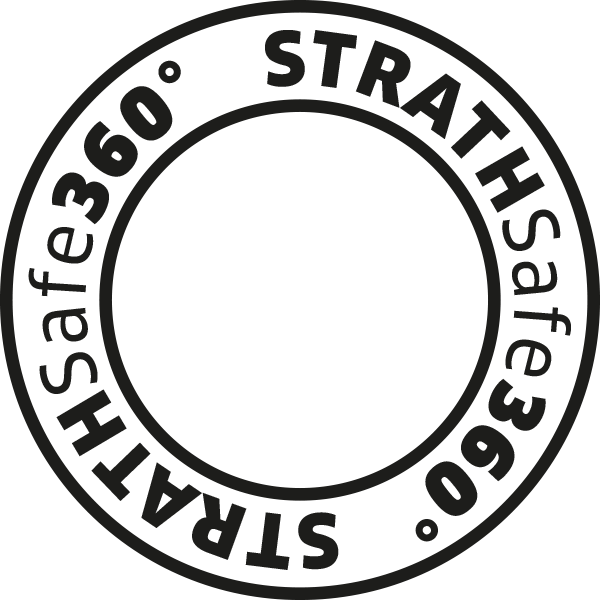Safeguarding should be intentionally ‘designed into’ the planning stage through active risk assessment that considers the needs and vulnerabilities of those this policy represents.
Risk assessment is an intrinsic part of the safeguarding process. It is used to assess and manage potential risk of abuse or neglect that might harm a person’s wellbeing, in a similar way to how we consider health and safety, so that the specific needs of children and vulnerable groups are considered in University activity and incorporated within the University Risk Management Framework.
Preventative Safeguarding considerations and mitigations for the risks identified are incorporated within the wider risk assessment, grants and contracts processes:
